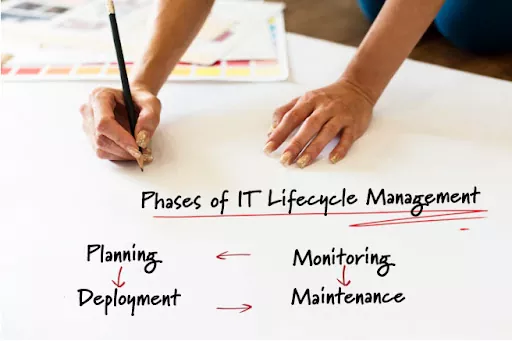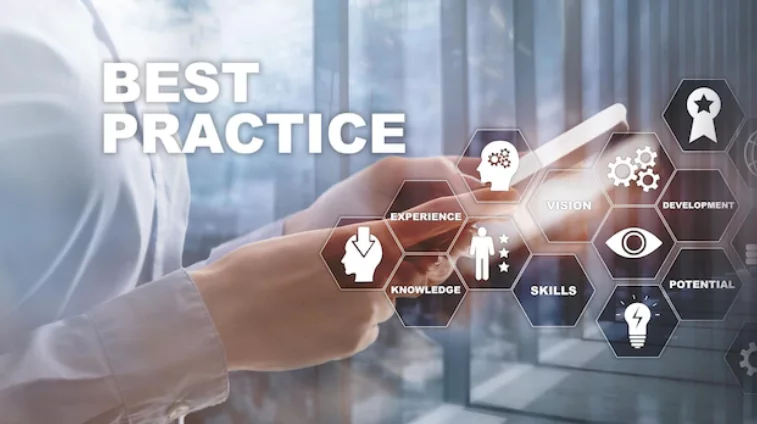Understanding IT Lifecycle Management: Enhancing Efficiency and Reducing Costs

In today’s digital age, information technology (IT) plays a pivotal role in the success and productivity of businesses. However, the rapid pace of technological advancements, coupled with the increasing complexity of IT infrastructure, poses challenges for organizations in managing their IT assets effectively.
This is where IT Lifecycle Management (LCM) comes into play. IT LCM refers to the systematic approach of managing the entire lifecycle of IT assets, from procurement to disposal, in order to optimize efficiency, mitigate risks, and reduce costs. In this article, we will explore the key aspects of IT LCM and how it can benefit organizations.
Definition and Importance of IT Lifecycle Management

IT Lifecycle Management encompasses the processes, policies, and strategies employed to acquire, deploy, maintain, and retire IT assets within an organization. It involves the careful planning, implementation, and monitoring of hardware, software, and infrastructure throughout their lifecycle.
Implementing IT LCM provides several key benefits:
Enhanced Efficiency
By actively managing IT assets, organizations can ensure that they are utilized optimally, minimizing downtime and maximizing productivity.
Cost Reduction
Proper management of IT assets enables organizations to make informed decisions regarding procurement, maintenance, and retirement, leading to cost savings and improved budgeting.
Risk Mitigation
LCM helps identify and address security vulnerabilities, ensuring compliance with regulations and safeguarding sensitive data.
Scalability and Flexibility
With an effective LCM strategy, organizations can adapt to evolving technology trends and scale their IT infrastructure efficiently.
Phases of IT Lifecycle Management:

IT Lifecycle Management consists of several interconnected phases, each with its own objectives and activities:
Planning and Procurement
This phase involves analyzing business requirements, budgeting, and selecting appropriate IT assets. It includes vendor evaluation, contract negotiation, and procurement processes.
Deployment and Configuration
Once assets are acquired, they need to be properly configured, tested, and integrated into the existing IT infrastructure. This phase also includes software installation, network setup, and user training.
Monitoring and Management
Ongoing monitoring and management ensure the smooth functioning of IT assets. This involves performance monitoring, software updates, license management, and incident resolution.
Maintenance and Support
Regular maintenance and timely support are crucial to prevent system failures, ensure security, and optimize performance. This phase includes hardware repairs, software patches, and help desk support.
Retirement and Disposal
IT assets have a limited lifespan. The retirement phase involves securely decommissioning assets, data sanitization, and responsible disposal or recycling to comply with environmental regulations.
Best Practices for Effective IT Lifecycle Management

To implement an efficient IT LCM strategy, organizations should consider the following best practices:
Asset Inventory and Documentation
Maintain an up-to-date inventory of all IT assets, including hardware, software, licenses, warranties, and support contracts. Document relevant information such as purchase dates, configurations, and maintenance history.
Regular Audits and Assessments
Conduct periodic audits to evaluate asset performance, identify risks, and determine if upgrades or replacements are necessary. Perform security assessments to ensure compliance and data protection.
Automation and Integration
Leverage IT asset management software and systems to automate processes such as asset tracking, monitoring, and reporting. Integrate these systems with other IT management tools for seamless data flow and centralized control.
Vendor Management
Establish effective relationships with vendors and regularly evaluate their performance and offerings. Ensure vendor compliance with service level agreements (SLAs) and negotiate favorable contracts for procurement and support.
Training and Awareness
Educate employees about the importance of IT LCM and their role in maintaining assets. Provide training on proper asset usage, security practices, and incident reporting to mitigate risks.
How can AOM Help?

AOM can help with IT Lifecycle management from the point-of-sale/initial ship date through operations and then the retirement of the asset. AOM has made it easy to track your assets and more with our cloud-based portal, Epicenter. With our free portal, you can easily extend the life of your assets, make purchases and receive instant contact renewal quotes, all with minimal training.
Through Epicenter, clients receive:
- Asset Management
- License Management
- Contract Management
- Subscription Management
- Integrated Service Delivery
- Cloud-Based Global Access
- Instant Automated Quoting for Resellers & End Users
Summing It All Up!
IT Lifecycle Management is a critical discipline that enables organizations to effectively manage their IT assets throughout their lifecycle. By implementing a comprehensive LCM strategy, businesses can enhance efficiency, reduce costs, mitigate risks, and stay competitive in the ever-evolving IT landscape. It is essential to follow best practices and continuously evaluate and improve the IT LCM process to reap its long-term benefits and support the success of the organization.

